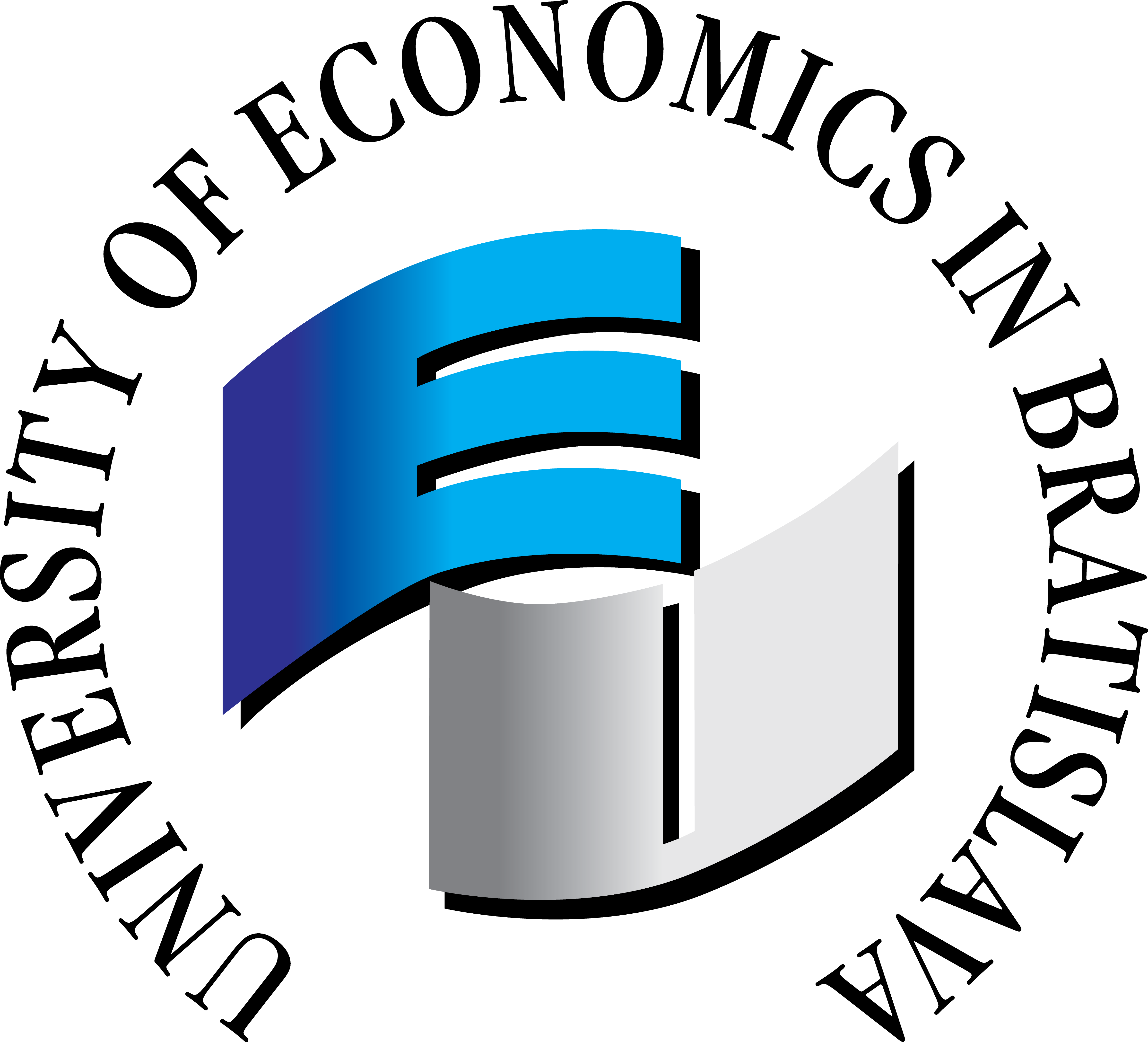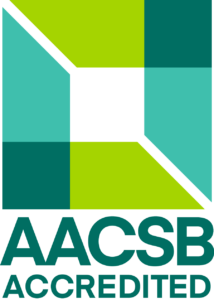Knowledge Management Technologies
- Credits: 4
- Ending: Examination
- Range: 2P + 2C
- Semester: summer
- Faculty of Economic Informatics
Teachers
Included in study programs
Teaching results
In particular, students acquire the following abilities:
A. understanding the difference between data, information and knowledge in enterprises, the life cycle of knowledge in the enterprise and the context of technologies;
B. analyzing the needs for the use of different types of IT for the acquisition, storage, distribution and exploitation of knowledge in enterprises (groupware, workflow, data management, knowledge and experimentation systems, etc.)
C. comprehending the methods of acquisition of automatized and non-automatized knowledge and the methods used from datamining to deep learning
D. identifying and analyzing knowledge processes with emphasis on inferencing and developing rules.
E. dealing with the uncertainties hidden in the information and linguistic variables that are important in real decision-making processes
F. capturing and managing tacit knowledge for further development in the information and knowledge systems
G. understanding and applying the basic principles of the use of data acquisition tools (Weka and RapidMiner).
Indicative content
1. Definitions and main concepts of data, information and knowledge
2. The relation of data, information and knowledge to knowledge management and information technologies
3. Types of knowledge, knowledge life cycle in the enterprise
4. Tacit knowledge acquisition and capturing as a part of the knowledge engineering process
5. The importance of information and knowledge systems in business practice, the differences between them and their proper use
6. Knowledge representations as a core of the knowledge system
7. Metadata and knowledge required for building business intelligence and related solutions
8. Handling uncertainties in knowledge management technologies
9. Linguistic interpretation of knowledge and its formalization by information technologies and computational intelligence.
10. Modelling rule-based systems considering uncertainties, the quality of rule-based system and expert’s knowledge
11. Demonstration of software for managing knowledge in institution and mining knowledge form data
12. The role of artificial intelligence in knowledge management
13. Web technologies covering the life cycle of knowledge in the enterprise (groupware, semantic web, information retrieval, refinement)
Support literature
DŽUBÁKOVÁ, M. Znalostný manažment. EKONÓM, Bratislava, 2016.
ENGELBRECHT A.P. Computational Intelligence: An Introduction, 2nd Edition. John Wiley & Sons, Inc., 2007.
GROSSMANN W., RINDERLE-MA S. Fundamentals of Business Intelligence. Springer-Verlag Berlin Heidelberg, 2015.
GYAMFI, A., WILLIAMS, I., Digital Technology Advancements in Knowledge Management, IGI Global, 2021
HAJRIC, E. Knowledge Management Tools - web site, 2010. http://www.knowledge-management-tools.net/ (available 25.10.2021)
HUDEC, M.: Fuzziness in Information Systems – How to deal with Crisp and Fuzzy Data in Selection, Classification and Summarization. Springer, International Publishing Switzerland, 2016
HURWITZ, J.S., KAUFMAN, M., BOWLES, A., Cognitive Computing and Big data analytics, John Wiley & Sons, Inc., 2015.
ROY, A. K., Information and Knowledge Management: Tools, techniques and Practices 1st Edition, NIPA, 2013
SCHREIBER A.TH. et. al. Methodology CommonKADS, web site: http://commonkads.org/ (available 25.10.2021)
Requirements to complete the course
Exam 60% The exam consists of two parts: the evaluation of the theoretical knowledge and knowledge of modelling of a specific example. The first part, verifies the achievement level of the teaching results A., B., C., whereas the second part verifies the level of the teaching results D, E., F.
Assignments during the semester 40% The aim of seminars is developing and defending the project and a short test. On the project, the students belong to smaller groups. Students organize their work in small groups. The evaluation of the results of the group’ s work (the project) is assessed as a whole for the whole group. The evaluation of the contribution of the individual members is the result of the internal agreement of the group and the subsequent discussion. Evaluation of projects and tests assess the following teaching results of C., D., E. F. G.
Student workload
Total study load (in hours):
4 credits x 52 teaching hours = 130 h
Distribution of study load:
lectures and seminars participation: 52 h
seminar participation: 13 h
project and test preparation: 30 h
preparation of exam: 35 h
Language whose command is required to complete the course
slovak
Date of approval: 11.03.2024
Date of the latest change: 18.05.2022

